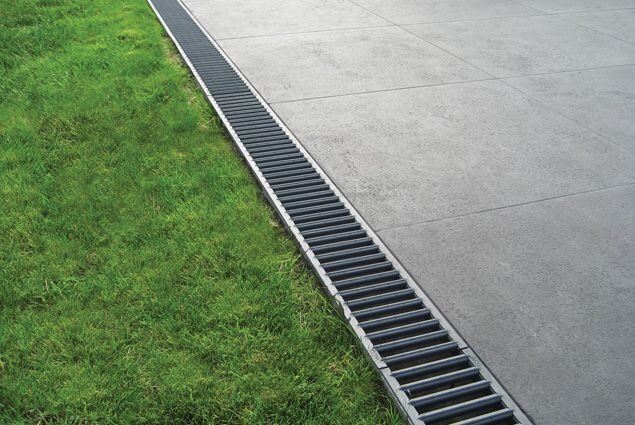Here in the Pacific Northwest, we get a lot of rain. That can spell bad news for your home if you’re not draining all that moisture away properly. Here’s a look at some common home drainage issues and a few cost effective ways to address them.

Potential issues from poor home drainage
Failing to address bad drainage around your home can lead some significant long-term damage. One home we visited recently was experiencing several draining problems. They included downspouts that were too close to the home, as well as poor sloping. The result was a host of trouble areas, from water collecting in the crawl space, to cracking and bowing in the foundation. The bad drainage had even started to make the chimney separate from the rest of the home.


Common causes of poor home drainage
Cause: Bad downspout placement
Improper downspout installation is one of the most common causes of poor home drainage. The problem is that often the end of the downspout deposits water too close to the home, rather than directing it away.
That can lead to water pooling around the foundation and seeping into crawlspaces or basements. The result can be flooding, musty smells, and mold build up if not taken care of.
The fix
The goal here is to figure out how to divert the water from the downspout away from your home. A very cost effective way is to buy some corrugated flex pipe. It’s only a few dollars per square foot, and many home improvement stores sell it with attachments specifically for downspouts.

You just want to make sure the extension pushes the moisture far enough away from your home that water isn’t able to pool up and cause further damage.
Cause: Insufficient yard slope
Of course, a major factor that contributes to water pooling near your house is a yard that doesn’t slope enough to carry that water naturally away. Couple that with poor downspout placement and you’ve got a recipe for potential water damage.
The fix
Experts say a yard pitch of 2%-3% is typically sufficient to draw water away from your home. If you have less than that, a French drain can be used. This is consists of a trench filled with gravel or rocks — or containing a perforated pipe — that redirects surface water and groundwater away from your house.

The water is targeted to a low point in the yard before draining away above ground. While French drains can be helpful, they can clog over a period of a few years and may need to be redone, so it’s preferable to have surface water drain away naturally.
Cause: Heavily impacted soil
Overly impacted soil is another factor that can lead to home drainage issues. This can occur around new homes with severely impacted soil surrounding it, or if you install something like a pool in your backyard. The soil displaced by the pool is often redistributed in the yard, then filled with top soil. If the original layer is something like clay, it will retain moisture and take a long time to dry out, causing water to collect.
The fix
To address this issue, often a combination of solutions is necessary. This can include rototilling the yard and mixing in new top soil, installing a French drain, adding more slope to the property, and resodding the lawn.
Other home drainage solutions
Lawn aerating
Aeration consists of creating holes in the lawn in order to allow in air and nutrients. It also breaks up compacted soil underneath, encouraging water drainage. Instead of collecting on the surface of your lawn, moisture can flow through the holes and decrease possible erosion issues.
Channel drain

A channel drain is basically a drain strip placed along a stretch of your property, usually a driveway. It can help prevent water from reaching your home, particularly if your driveway is sloping towards the house.
To install one, first a trench is dug in the driveway to create a pathway for the water to be diverted, then the drain itself is placed over it. When water hits the channel drain, it’s sent away from your home.
Rain barrel

An easy DIY fix is to install a rain barrel to collect water from downspouts. You can simply purchase a ready-made one or repurpose an old wine barrel for example, then reconfigure your downspout so rainwater flows into it. Not only does this help prevent moisture from entering and damaging you home, it’s also eco-friendly, as you can reuse the water in your garden.



